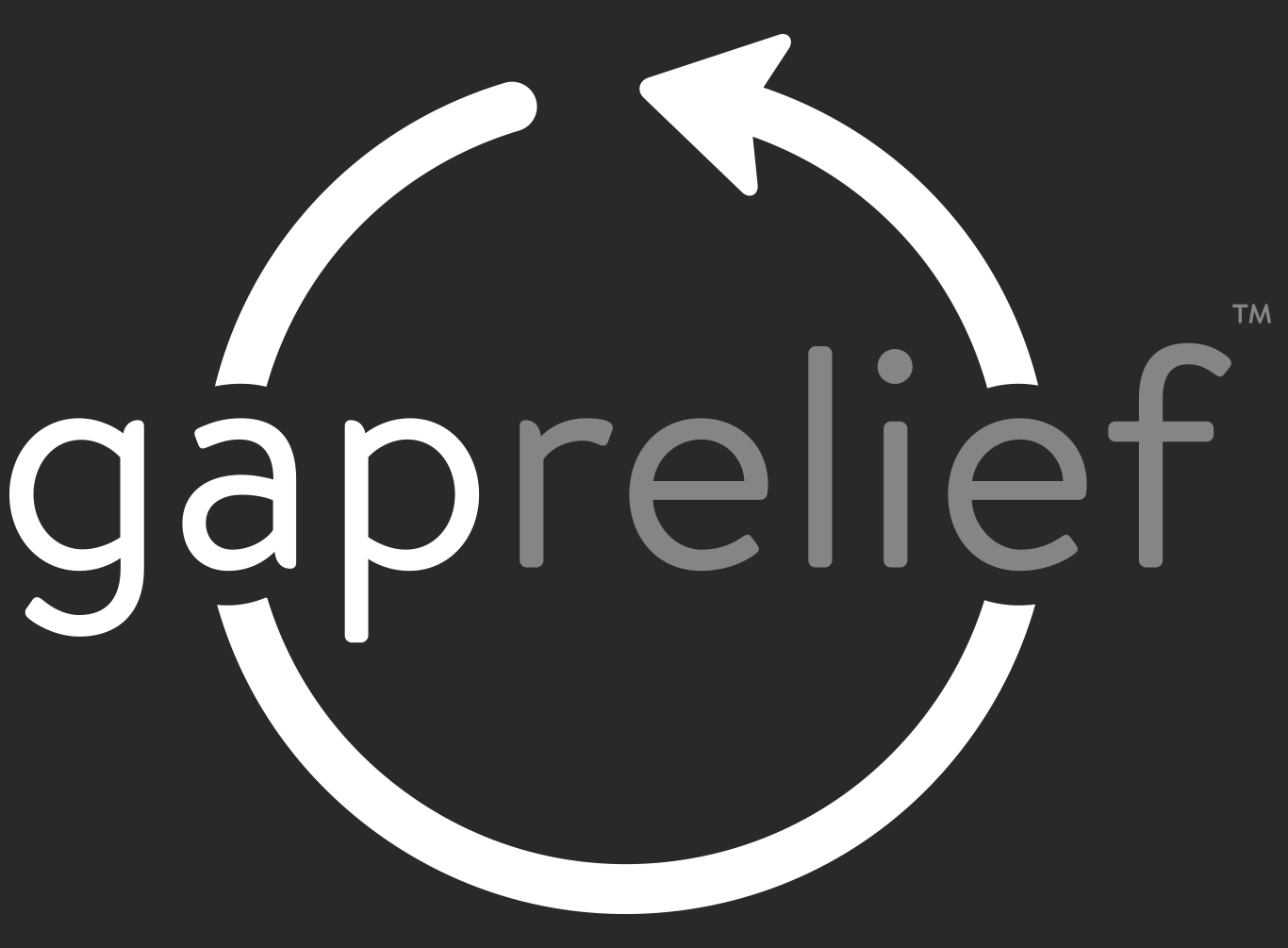How Play Therapy Helps Kids Heal
We know that good therapy can look many different ways and range across many methods and practices, and one of our favorite practices is Play Therapy. Play Therapy is primarily utilized with children and taps into their basic method of communication–play! Rather than asking kids to sit and talk which may not come as naturally to them, play therapy offers children effective ways to process their story and communicate experiences. When describing the difference between traditional counseling and Play Therapy, The University of North Texas (often considered a major Play Therapy hub) states, “Play Therapy is to children what counseling is to adults.”
Children naturally communicate through play. While a child may not be able to use words to describe how they are feeling, they may be able to utilize a dollhouse to show you what happened or a puppet to make a sad face. In addition, banging lots of toys together may reflect the anger they are feeling, or dumping toys all over may reflect the chaos they feel inside. Using Play Therapy, therapists are able to get to the heart of what children are experiencing in a more authentic and less intimidating way.
"Toys are children's words and play is their language." -Gary Landreth, author and creator of Child Centered Play Therapy
Play Therapists begin with one primary objective: create safety for the child--both physical safety and felt safety. This safety lays the groundwork for progress and connection in the therapeutic process, allowing the child to dig into hard things knowing they are safe and will be caught in their experience. Building this connection can look different from child to child. Determining factors can be age and stage of development, but often it looks like connection through play and shared interest. Showing interest in things that are important to them and staying attuned to them and what they are doing/saying are vital practices when building a therapeutic connection with a child. In addition, Play Therapists always communicate plans and expectations for sessions up-front. Goals always include safety and having fun, which often looks like giving children autonomy to choose the activities utilized in session (giving control to the child who often feels a lack of control in their world) but also giving boundaries to keep them safe.
Connection with a child then allows a Play Therapist to begin noticing behaviors that point to underlying experiences and feelings. They may notice repetitive behavior, doing the same form of play every session, aggression/anger, control (organizing things, giving instructions), chaotic play, etc. One Play Therapist once had a kiddo dump every single toy into the sandbox. Kids need a sense of control. So much of their life is decided for them so it helps to have a place where they have the freedom to express themselves and be accepted.
So much good work with a child happens through play in a therapy office, but this one hour per week is only part of the effort needed to repair neuro-pathways and make good progress in healing for a child. We asked a Play Therapist how parents can help their child to lasting healing at home, and she said “I always tell parents and kiddos (assuming the parent is a safe place for the kiddo) that the most work is going to happen at home. I want to partner with parents and want them to have access to be while still maintaining the therapeutic space for the child. I have done monthly parents sessions, brought parents into session, given kids the task of talking to their parents about what we did in session, and other healthy practices. I want parents to feel they are an integral part of their child’s healing process and will chat with them every step of the way.”
Play Therapy is THE best way for our children to walk toward healthy healing for all kinds of life experiences, and a good, connected therapist partnering with intentional parents is the perfect combination for this journey.

